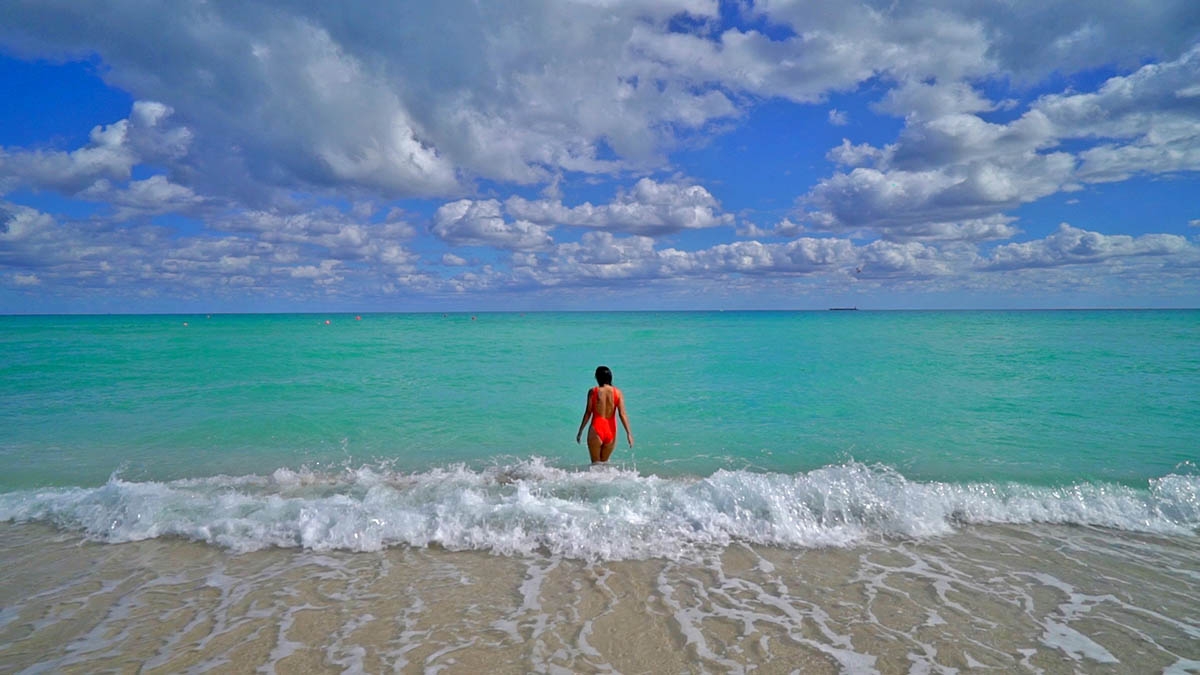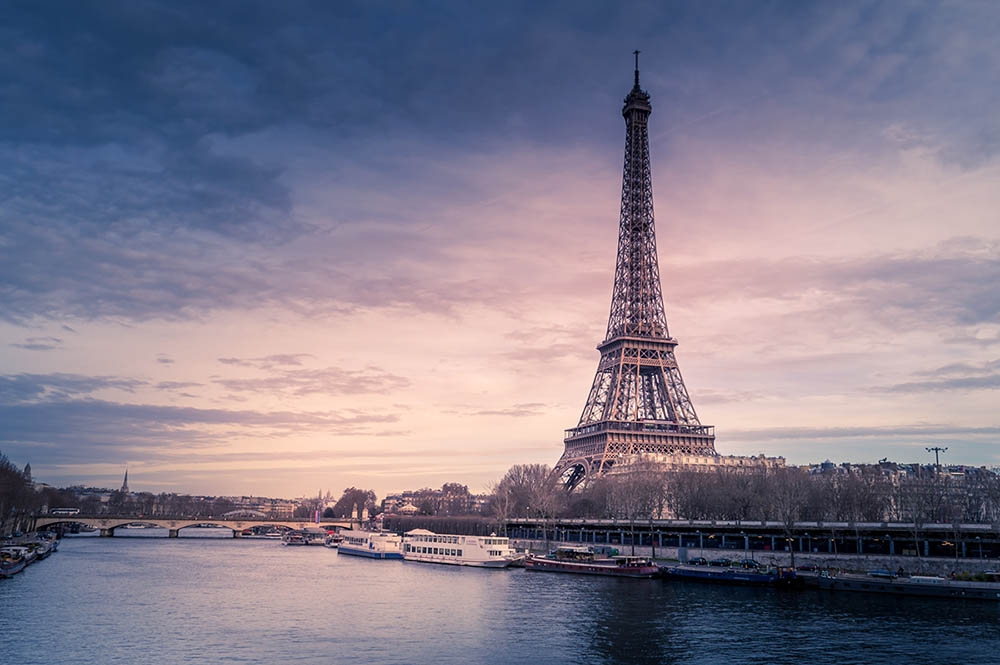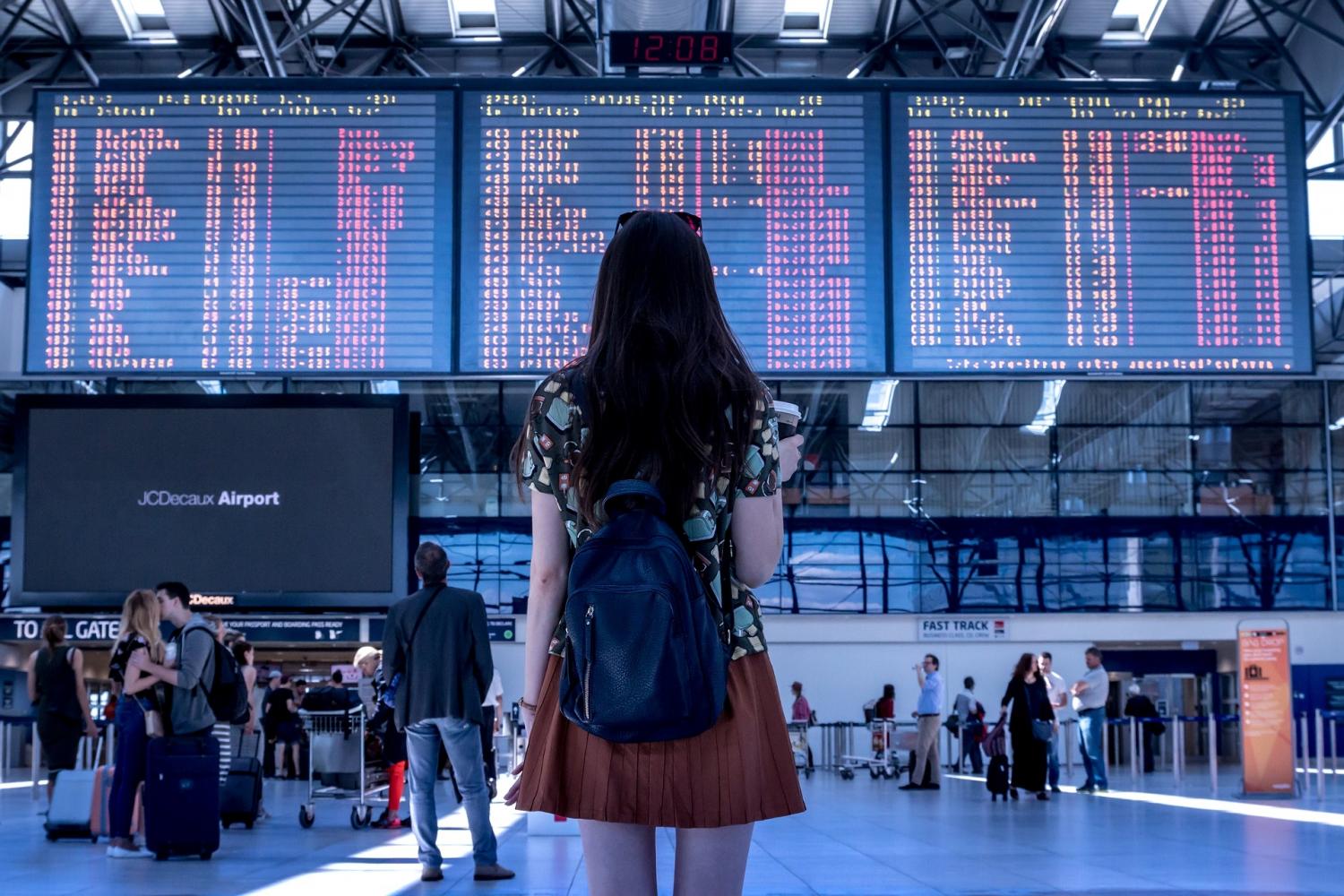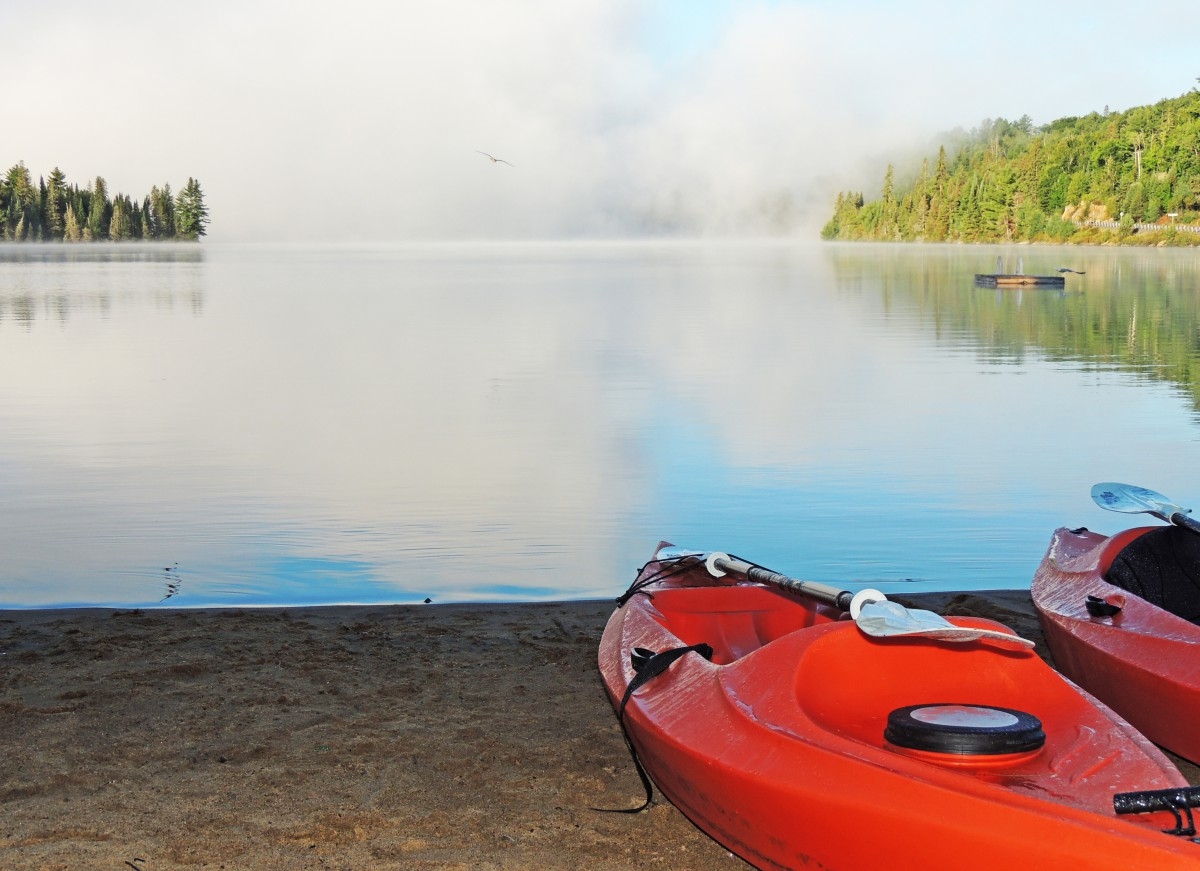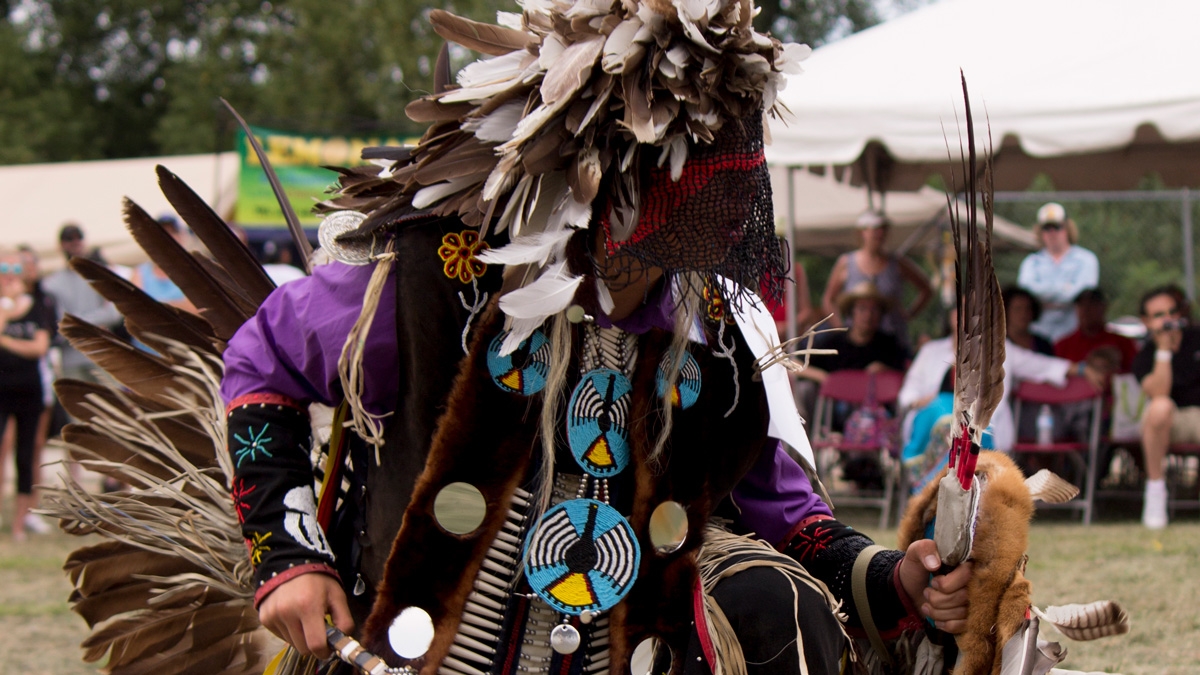
Unique Indigenous Communities in Canada are close to home . . . and far from ordinary
Above: Wikwemikong Heritage Organization Annual Cultural Festival
An invitation to Ontarians to escape from home and visits Indigenous experiences across the province
Canadians love to travel and the pre-COVID favourite destinations included the USA, Mexico, United Kingdom, France, and Cuba. Travel restrictions have changed all that and Canadians have joyfully turned their attention to exploring the unique and magical travel, touring, and trekking opportunities at home. In doing so, millions are discovering the spectacular parts of this great land for the very first time.
One of the most rewarding travel experiences is learning the rich history, culture, and tourism offerings in Indigenous communities across the country. There are over 700 unique Indigenous communities in Canada (134 in Ontario alone) and each has their own story to tell.
— Ottawa Experiences —
Begin your tour right here in Ottawa. Canada’s capital is on unceded Algonquin territory — this is becoming increasingly important as Canadians show a new understanding and appreciation for Indigenous peoples, their history, and their rights. The history of the national Capital region is steeped in Algonquin culture and tradition. The origin of the name "Ottawa" is derived from the Algonquin word adawe, meaning to trade and refers to the Indigenous peoples who used the river to trade, hunt, fish, camp, harvest plants, ceremonies, and for other traditional uses.
The magnificent Chaudière Falls, whose powerful currents feed the Ottawa River directly behind Parliament Hill and are the meeting point for three rivers that have been the site of First Nations ceremonies for thousands of years, are home to Archaeological evidence of First Nations settlements in this region for over 5000 years.
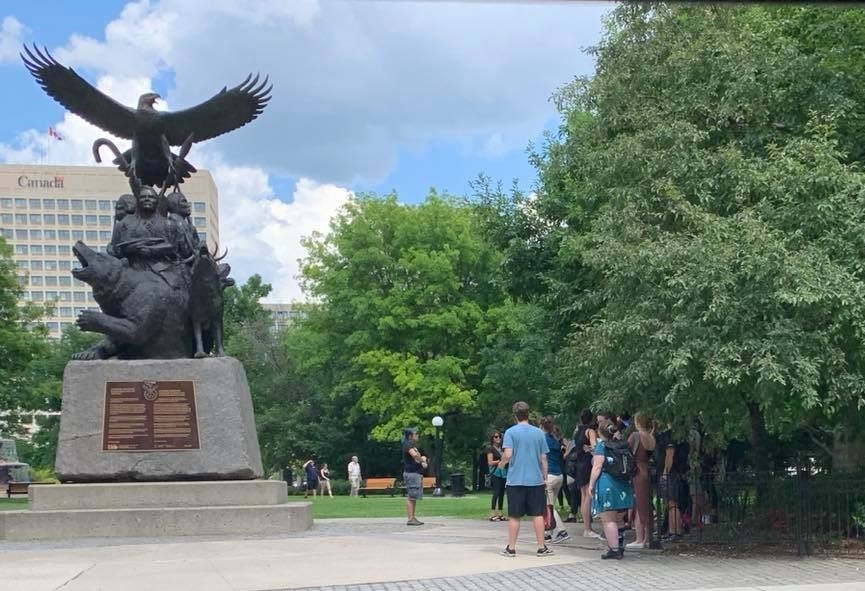
One of the best ways to get a sense of Ottawa and the layered history of the capital is to take the two-hour Indigenous Walks tour that covers 3 kms through downtown Ottawa where you will learn about the city and the greater region from the Indigenous perspective. Guides share the social, political, and cultural issues through architecture, landscape, monuments, and art as you walk through the city. Owned and operated by Jaime Koebel, a Metis Nehiyaw/Michif from Lac La Biche, Alberta who has made Ottawa home for two decades, this tour is unique in that it brings in the local Algonquin history through Algonquin story tellers who work with Koebel. Most tours begin at the Human Rights Monument in front of City Hall just off Elgin Street and Laurier Avenue.
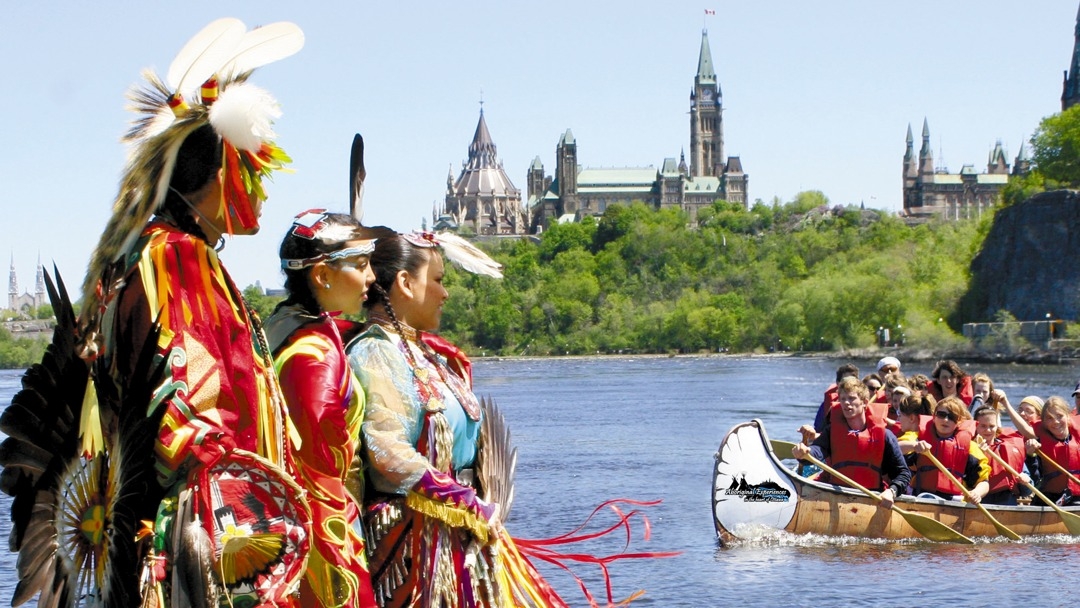
After the Indigenous Walks tour make sure you take the opportunity take the popular Aboriginal Voyageur Canoe ride which makes its way down to the Ottawa River shoreline to meet with a “traditional” voyageur who explains the story of the fur trade and the vital relationship between voyageurs and their First Nations partners. It was only with the aid of their Indigenous contacts that these legendary explorers were able to navigate the treacherous riverways between Ottawa and Montreal to make the regular transport of fur and supplies between the cities. This experience is part of the noteworthy Canadian Signature Experiences collection.
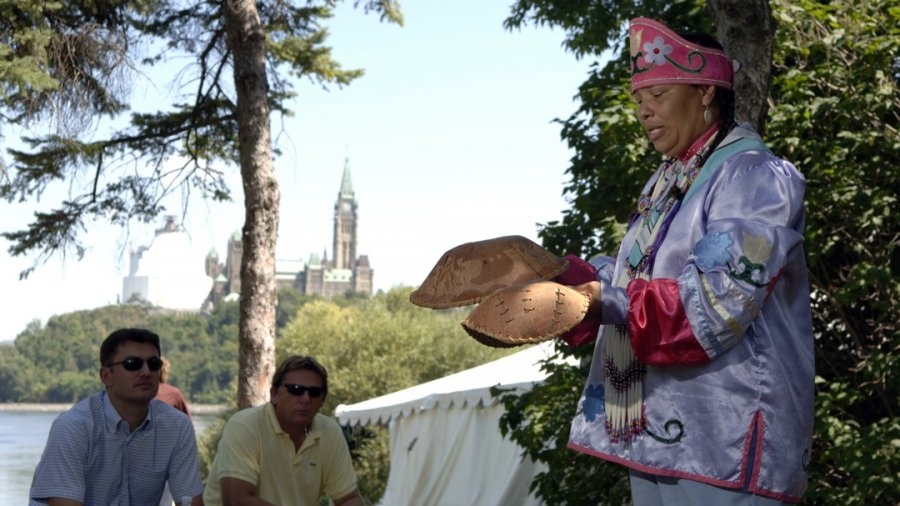
Sign up for one of the other four workshops offered by Indigenous Experiences, and you’ll get a taste of many First Nations cultures from across Canada. Choose between Tea & Bannok with an Eder, the Traditional Dance and Tour, Feel the Heartbeat or the Creation Workshop. Indigenous Experiences is open from May to mid-October for guided tours with a minimum of 25 people per group.
There are a plenty of road trips you can take within a few hours to a day’s drive of Ottawa to enjoy the many wonderful Indigenous tourist destinations throughout Ontario. These aren’t just trips; they are experiences and you will meet some incredible people in some of the most beautiful places on the planet.
— Manitoulin Island Experiences —
One of our favourite places in Canada is Manitoulin Island in Northeastern Ontario, on Lake Huron. Manitoulin is the world’s largest freshwater island and is unique in that it contains more than 100 inland lakes, some of which have their own islands. The scenic six-hour drive from Ottawa via the Algonquin Park route will have you passing though charming Arnprior, small town Pembroke, Deep River, North Bay, Sudbury, Espanola and onto Manitoulan. The comforting and beautiful landscape as you pass Espanola heading into Manitoulan are especially enjoyable. The raw scenic beauty of Algonquin Park where rolling roads and lakes are framed by large rock outcrops and big pines were captured in the past century on canvas by the renowned Group of Seven artists, but the Ojibway and Algonquins have celebrated this ‘home’ through their culture, traditions and needlework for centuries.
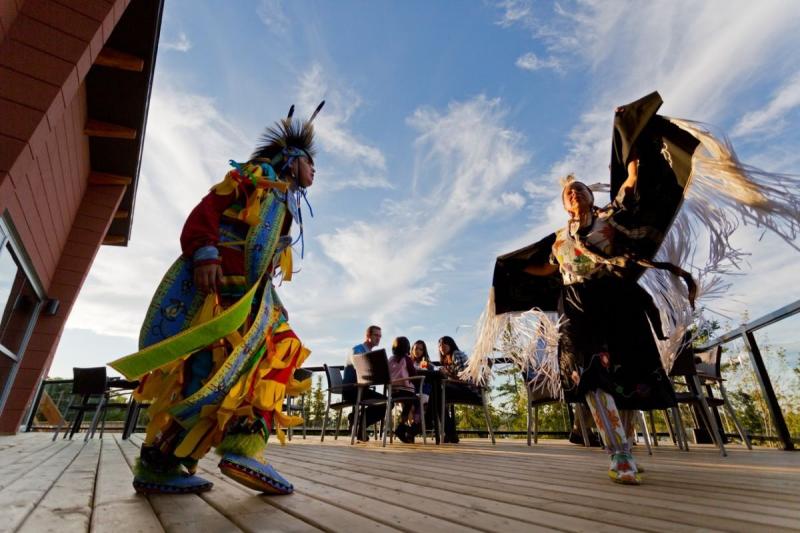
Photo: Ethan Mele for Indigenous Tourism Association of Canada
The Manitoulin Hotel & Conference Centre is a new and unique property on Manitoulin Island. The first time I stayed was last February for a conference. The on-site Wampum Restaurant looks out to the LaCloche mountain range and the breathtaking North Channel of Lake Huron. The glistening sun warms the cold winter weather as you take in the views from the Inn of the iced in Bay. Friendly staff, great food, warmly lit contemporary rooms with modern amenities and decor reflecting the First Nations traditions make for a comfortable stay. In the summer, the bright sun and warm lake water are a joy for water and recreational enthusiasts. The outdoor patio is a nice way to end a day taking in the stunning views of the surrounding lake and mountains. Modern and private meeting rooms capable of hosting families or group tours, motorcoach and bus tours, business meetings, seminars, workshops, conferences, weddings and just about any type of activity.
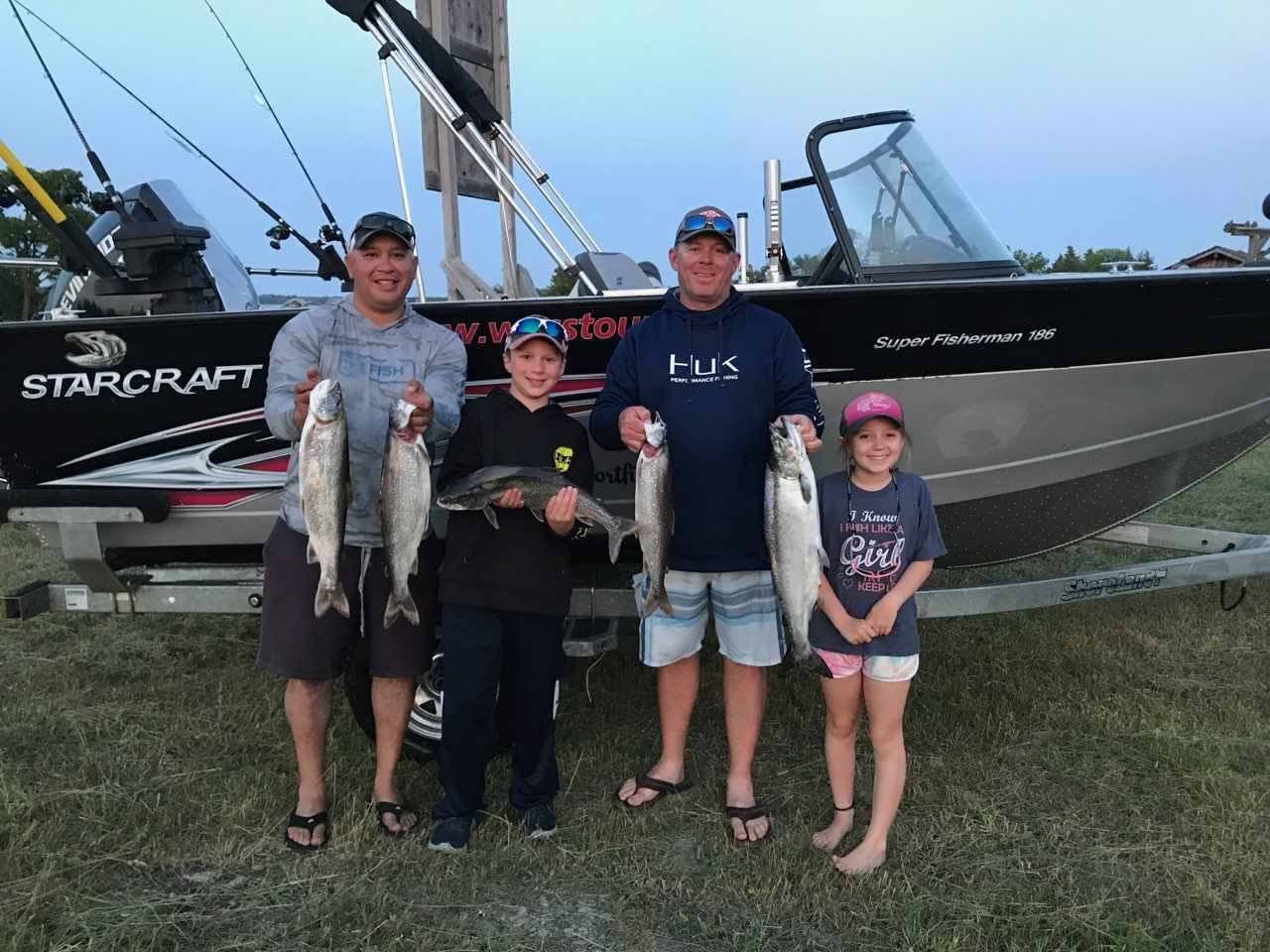
Some of the best fishing in Canada is in this area and you can head out with friendly local professional guides from Wasse Giizhik Tours whose families have fished these waters for countless generations. Go downrigging for salmon, rainbow and lake trout on Lake Huron surrounding Manitoulin Island or head out on a flat line adventures for rainbow trout, walleye, northern pike and musky throughout Lake Huron and Manitoulin’s Island Lakes. It doesn’t matter if you are a fist time fisher wanting to take the family on a memorable fishing trip or an avid fisherman looking to land the big one- you’ll have a great time.
Journey through the canoe routes of the Anishnaabek People and learn the local history on a scenic boat tour. During the Spring Rainbow Run, there are special reduced cottage rental rates for anglers. In winter, experience the thrills of ice fishing on a fully guided trip via snowmobile and ATV on Lake Huron or in-land lakes on Manitoulin Island.
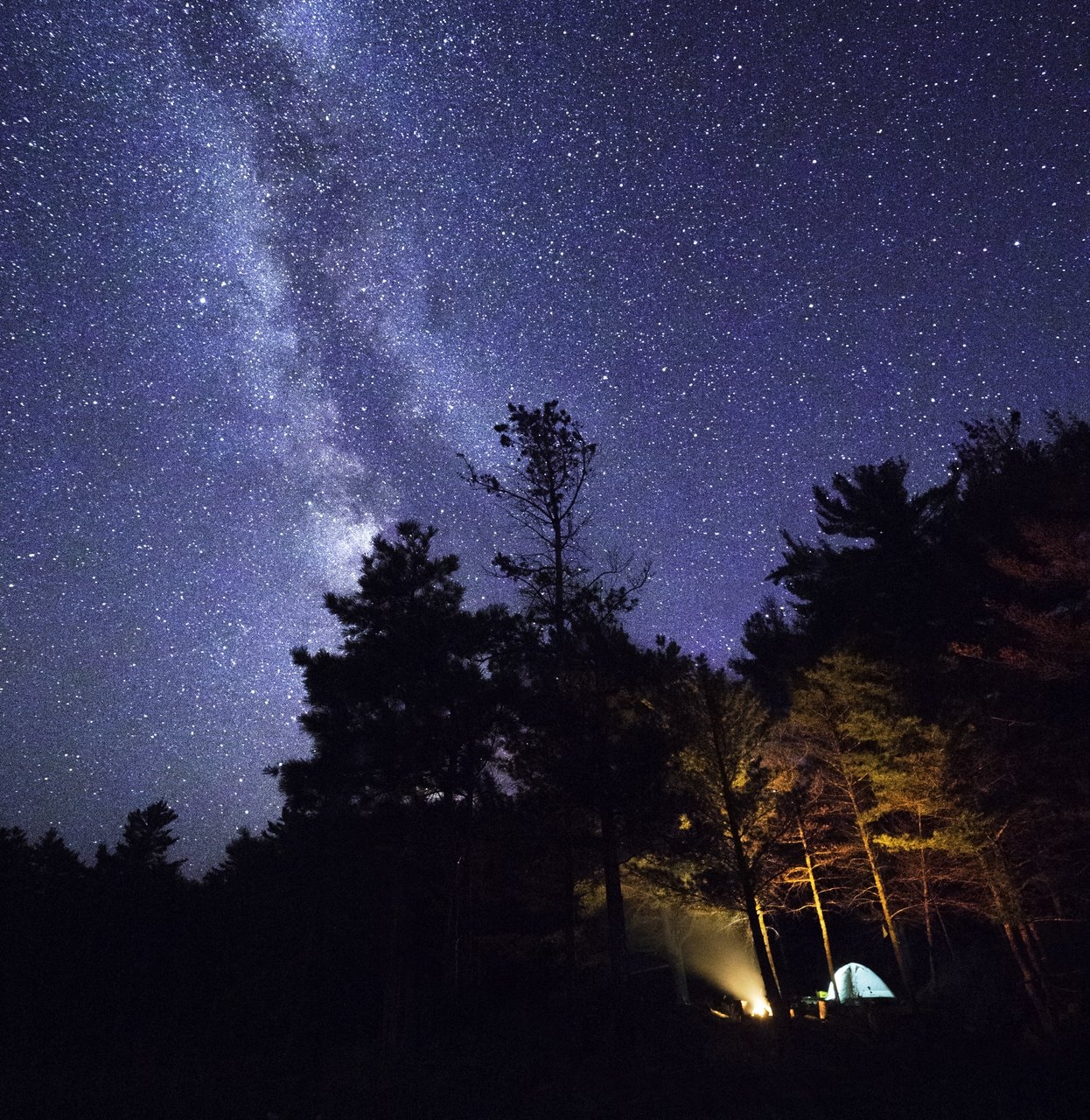
Take in over 18,000 acres of scenic natural wilderness landscape, old-growth pine forest, stunning river vistas and six interior lakes at Point Grondine National Park. The picturesque water trails flowing along the coast of Georgian Bay invite you to many canoe routes, hiking trails, and backcountry campsites located throughout the interior of the Park. Hike, canoe, or sea kayak along the traditional routes of the Anishnaabek people and be ready to be captivated by this historic and majestic place.
Canoe routes are open throughout the interior; Tri-Lakes which connect to Georgian Bay and Phillip Edward Island area. The backcountry has a total of 26 campsites with 27.9 kilometers of hiking trails that go to Wemtagoosh Falls and Cedar Lake. Park staff include the Wikwemikong Tourism Manager and Tourism team, Point Grondine Park Product Development Officer, Interior Operations Leader, Trail Guardian, and the Wikwemikong Tourism Guides.
Throughout the spring, summer, and fall months explore the park through the Authentic Indigenous Experiences which will connect visitors to the territory of the original descendants, or just go for a day and self-guide along the trail of Merv's Landing and the Mahzenazing Lake Access Trails.
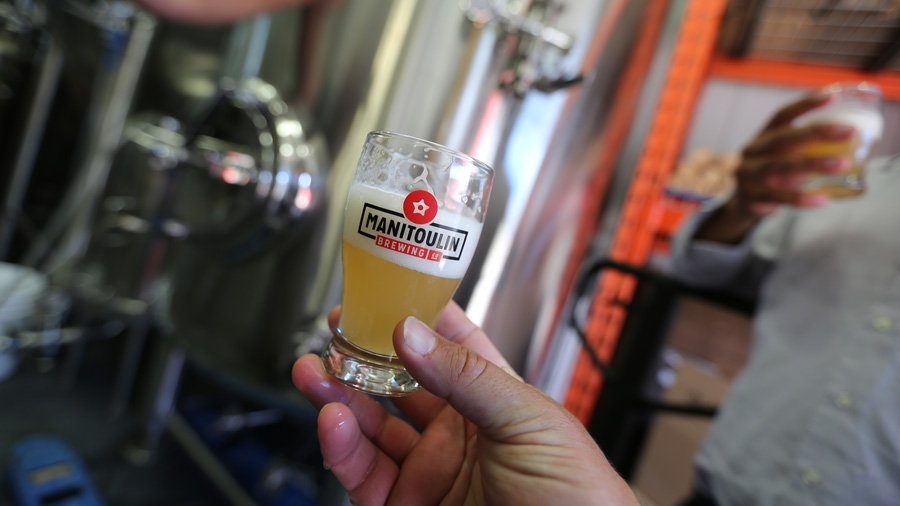
Head to the Manitoulin Brewing Company for some local cheer. Co-owners Blair, Nishin and Joet love what they do and look forward to meeting the people that allow them to do it for a living. At their brewing location, you will find the brew house and a retail shop where you can stock up on beer to take home. Or, stay for a while and sample a pint on their outdoor patio. They even have an on-site food truck.
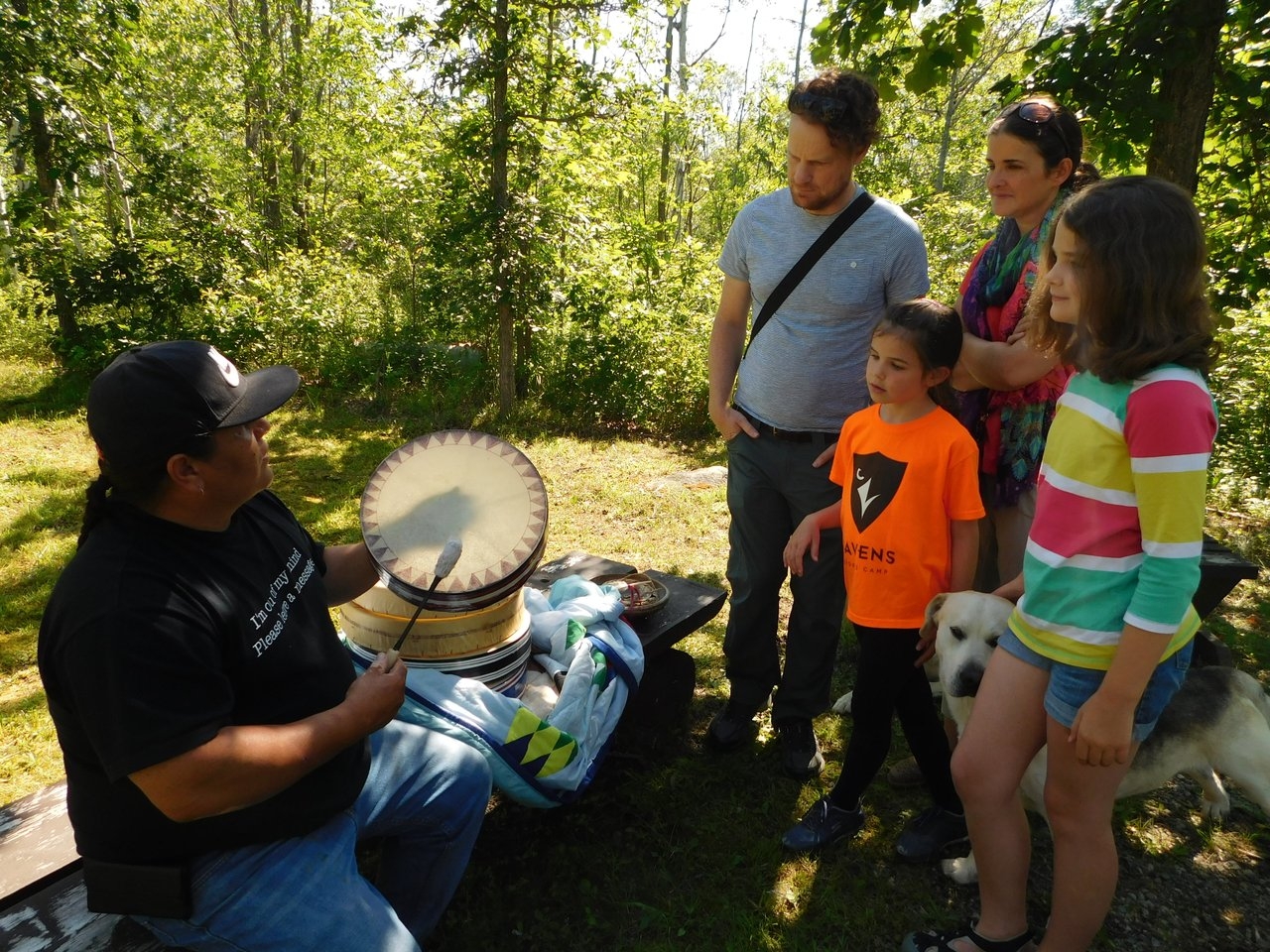
Located on the eastern peninsula, Wiikwemkoong is home to the people of Three Fires Confederacy: an alliance of the Ojibwa, Odawa, and Pottawatomi nations. Tourism Wiikwemkoong celebrates its community spirit through several cultural events that draw visitors from all walks of life. Wiikwemkoong is host to the annual cultural festival, fall fair, ice fishing derby, traditional pow-wow, and authentic Indigenous theatre as presented by De-ba-jeh-mu-jig theatre group. Indulge in the vast picturesque wilderness that surrounds Manitoulin’s largest community through one of their many private and community-operated tourism services. There are plenty of opportunities for wilderness exploration while enjoying the culture and traditions of the Anishinabek people.
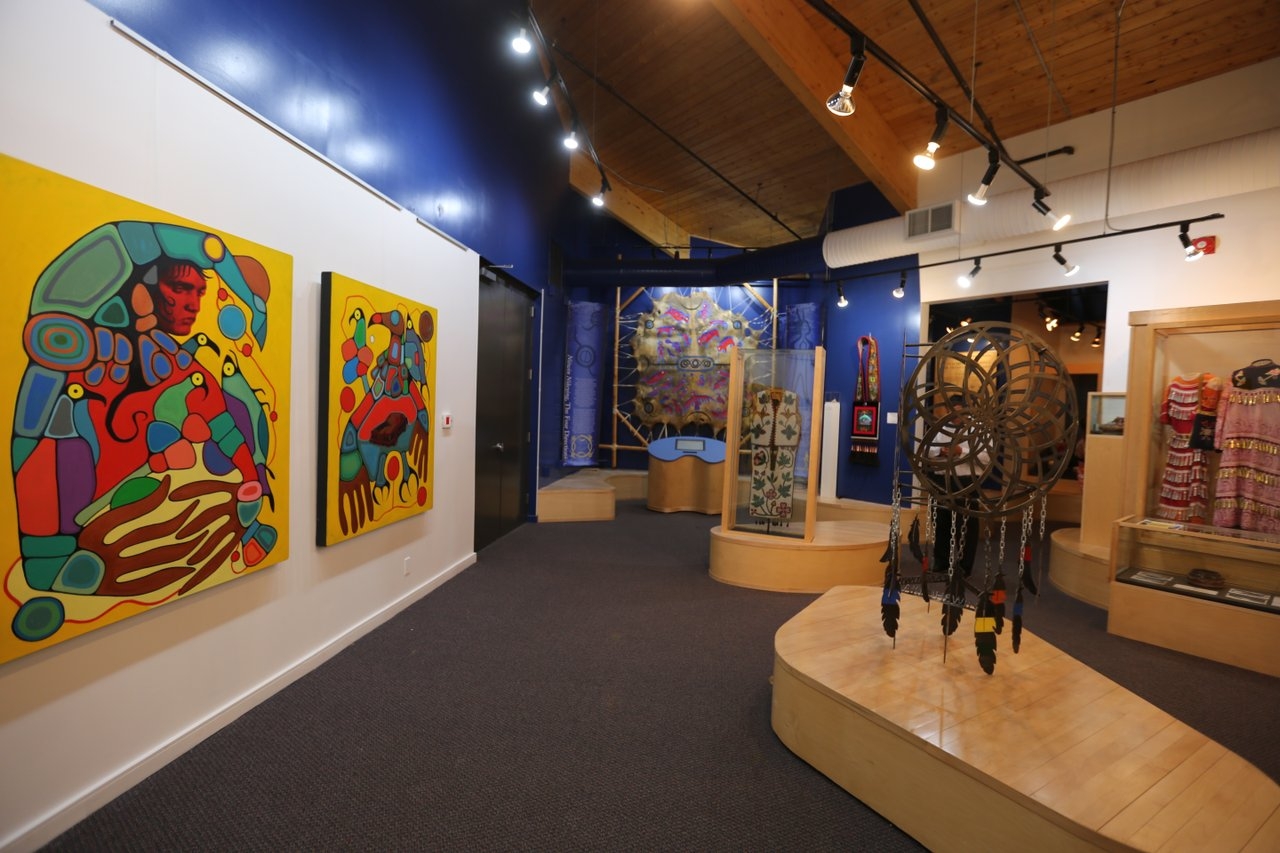
The Ojibwe Cultural Foundation was created to preserve and revitalize the language, culture, arts, spirituality, and traditions of the Anishinaabe People of the Mnidoo Mnising (Manitoulin Island) and surrounding areas. They promote the expression of Anishinaabe culture in all forms — art, language, stories, songs, and teachings to ensure they remain strong for future generations.
Located in M'Chigeeng First Nation the 11,000 sq.ft. facility is home to a Museum, Public Art Gallery, Gift Shop, Mnidoo Mnising Anishinabek Kinoomaage Gamig (a full Ojibwe immersion early learning kindergarten program), Gimaa Radio 88.9FM (the first all Anishinaabe language radio station), language resources, healing lodge, and a performance amphitheater.
They welcome all who wish to experience the authentic expression of the Anishinaabe language, culture, and spirituality. Visitors can also see the timeless and beautiful heritage art forms of skilled Anishinaabek artisans including, porcupine quill boxes, ash and sweetgrass baskets, and antler carvings.
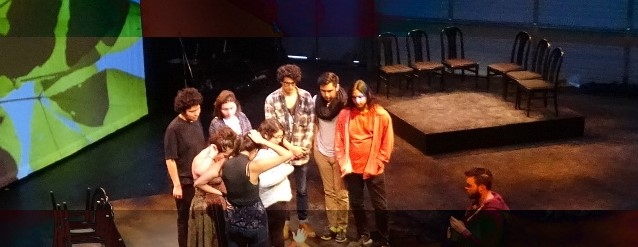
The Debahjemuhjig Theatre Group creates original theatre productions that represent Indigenous world views, culture, and history. They build connections between generations using the art of storytelling and are the only professional theatre group located on a reserve. The group also operates a multi-arts centre in downtown Manitowaning the supports the development of Indigenous artists throughout the area. ‘De-ba-jeh-mu-jig’ translates as ‘storytellers’ from the Cree and Ojibway language.
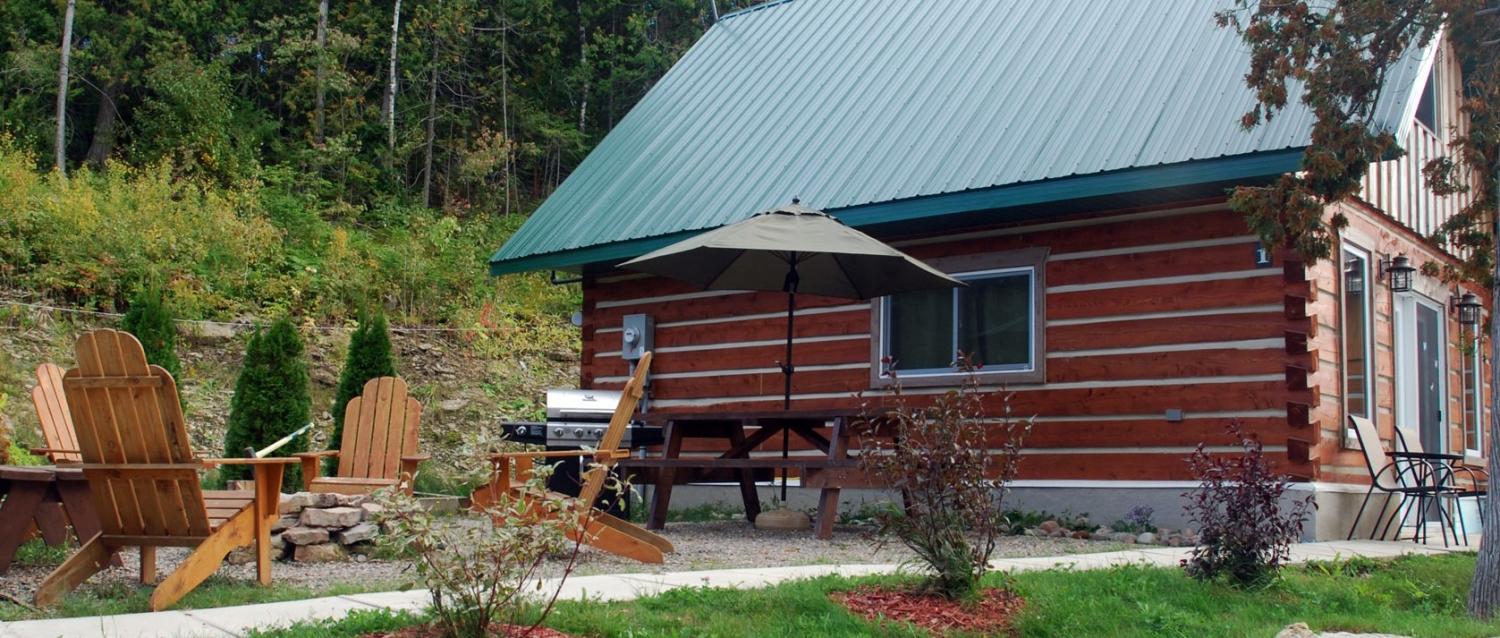
Nestled along the shores of Manitowaning Bay, this is one of Manitoulin Island’s best kept secrets: The Bayside Resort. Soak up the beauty and tranquility of their deluxe waterfront accommodation and enjoy a modern log cabin for the price of an average hotel room. Choose from three gorgeous newly constructed cabins just 30 ft from the water’s edge in dovetail cedar or pine. Open year-round with private patio, propane BBQ, outdoor wood firepit, and much more.
— Six Nations Experiences —
The largest First Nations community in Canada sits just a short drive from Toronto along the Grand River’s picturesque shores. The Six Nations of the Grand River is home to nearly 30,000 members of the Iroquois Nations, including the Mohawk, Cayuga, Onondaga, Oneida, Seneca, and Tuscarora. And if you’re looking to explore Indigenous experiences there’s 1,000 year of history in this part of Ontario.
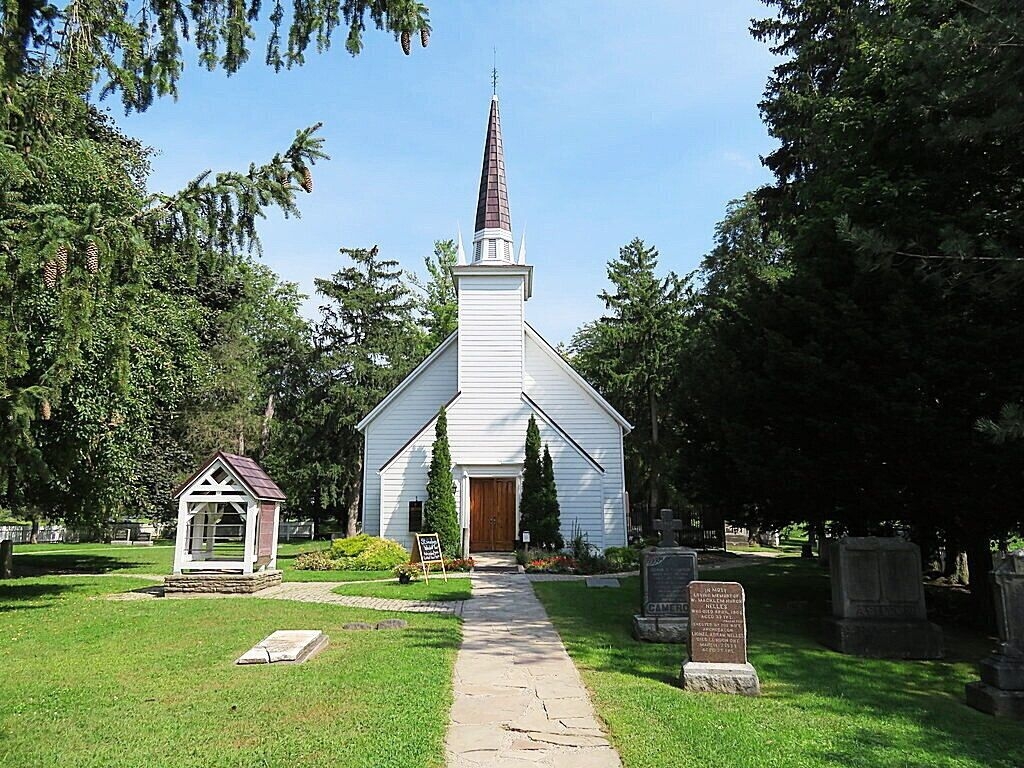
Brantford is home to the 235-year-old tiny Chapel of the Mohawks, the oldest surviving Protestant church in Ontario. Eight magnificent stained-glass windows tell thousands of years of history of the Six Nations community in vivid colour including when the Huron Peacemaker worked with the Six Nations to bury their weapons and come together in lasting peace, to when Capt. Joseph Brant forded the Grand River to help establish the first modern village on the western shores. The ‘glass stories’ show the days of the British colonization and the introduction of the residential school system through to the 1960s when the windows were built and installed. They highlight the victories of the Six Nations communities while showing the pain and sacrifice of their struggles.
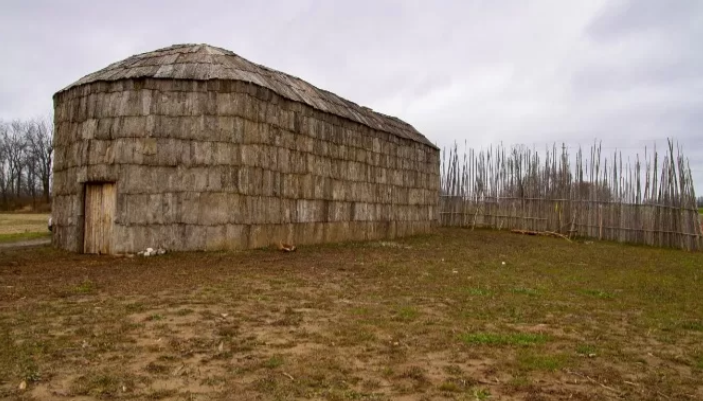
Six Nations has been referred to by many names over the years. But among themselves, they are called the Haudenosaunee, or “The People of the Longhouse.” You can visit the Longhouse Gan?sa’?: weh of the Six Nations of the Grand River with its towering ceiling and unique design. Built for several families, the wood and other materials used kept the interior of the Longhouse cool on hot sweltering days and allowed for warmth in the winter with fireplace pits placed at strategic locations throughout.
The Longhouse Gan?sa’?: weh, or “The Real House,” is run by Ogwehoweh Skills and Trades Training Centre or the OSTTC. Tours also include a tour of the property, which consists of a peace garden where the sacred Three Sisters, beans, corn, and squash are planted.
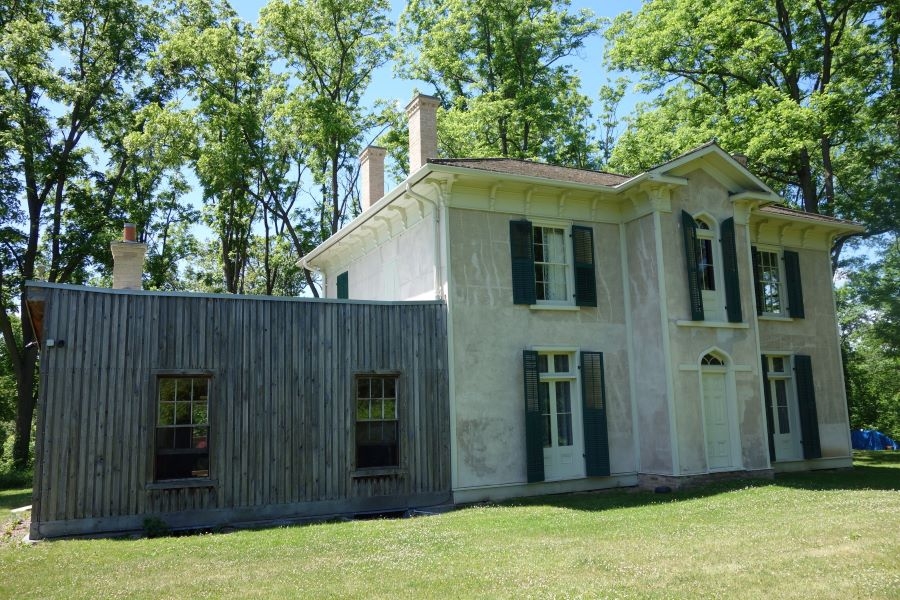
The Six Nations of the Grand River has produced amazing talents, such as legendary distance runner Tom Longboat and actor Jay Silverheels. But the most notable person to spend her life in the community was among Canada’s most celebrated poets, Emily Pauline Johnson. More commonly known as Pauline Johnson, she was of was of British and Mohawk descent and lived in a beautiful home on the Grand River’s shores in what is now Chiefswood Park. Her father was a chief of the Mohawk community. He and his British wife raised their children within the community, and her inspirational work reflects that. In many of her performance works, Johnson would begin her recitals in typical British dress and finish with a flourish wearing her traditional Mohawk clothing. Her childhood home stands as a tribute to her life and the impact that it had on the Six Nations community. See all her original written works on display in what was once her winter kitchen.
Chiefswood Park is beautifully situated on the Grand River and offers kayak and canoe rentals for visitors. Stay in one of their beautiful glamping cabins with their beautiful wood-trimmed kitchen, a cozy living area, a full bathroom, and a beautiful master bedroom. The upstairs has four more beds meaning this beautiful cabin could hold up to eight people for the perfect family glamping getaway.
— Toronto Experience —
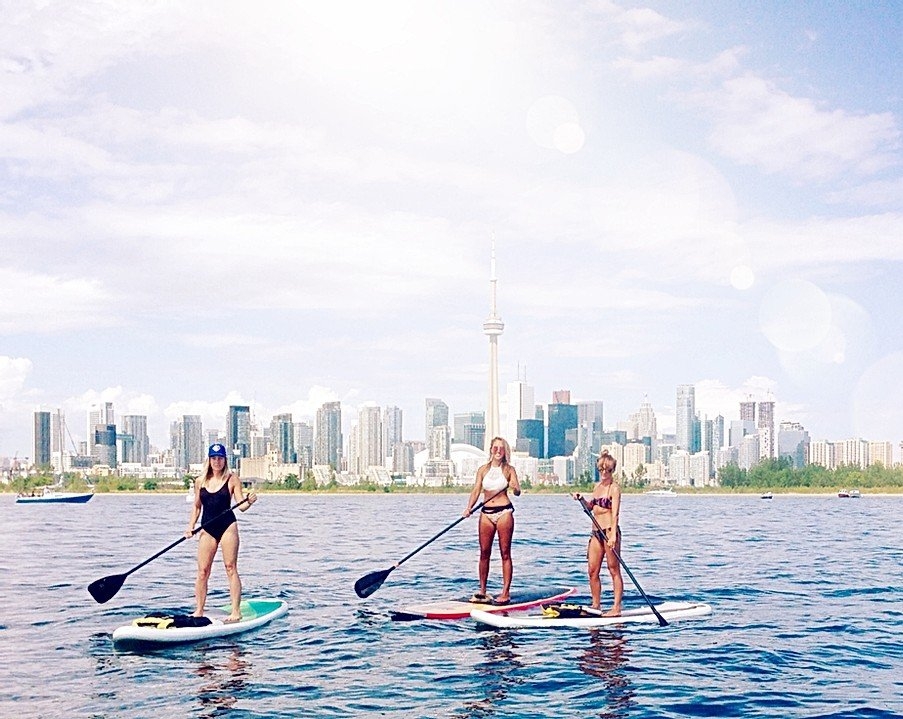
Oceah Oceah is a local, Toronto, Stand Up Paddleboard operator working out of Budapest Beach in western Toronto. The company was started by First Nations sisters back in 2012 who share a passion for surfing and paddling. They run lessons, tours, and even sunset SUP socials on the water. You can join one of the sisters for a paddle up the Humber River. This route isn’t just one of the most beautiful paddle spots in Toronto, but it marks the end of the “Toronto Carrying Place Trail.” This historic trade route was used by Indigenous people long before the arrival of western settlers. And it was this route from Lake Ontario, up the Humber River, to Lake Simcoe that led to the establishment of Fort Rouillé, which would become Toronto, back in the 1700s.
Paddle under the Humber River Bridge and the roaring Gardiner Expressway into an urban wetland teeming with wildlife. You will leave Toronto’s towering skyscrapers and concrete highways behind into an area with crystal clear waters lined with herons fishing and turtles basking in the sun on fallen logs. The Humber River was a vital part of the historic trade routes of early Canada and First Nations people and is one of the few remaining natural oases in Toronto.
Visit Destination Indigenous to learn more about tourism packages and experiences across Canada!
Travellers within Canada may be subject to provincial, territorial and local public health measures at your final destination. Destination Canada’s website includes current travel restrictions and traveller self-isolation requirement for provinces and territories. As travel and gathering restrictions ease in Canada, many Indigenous tourism operators are welcoming guests while others maintain strict emergency response measures, including closure for the remainder of 2020. For Indigenous businesses that are open, please check the map at this link.
Photos: Courtesy ITAC

